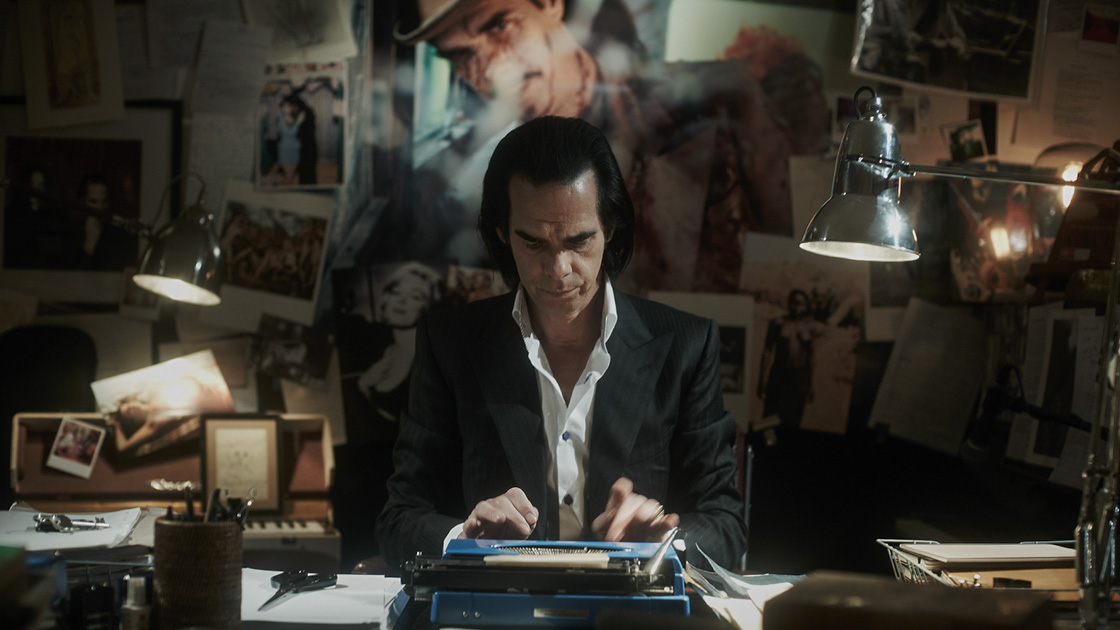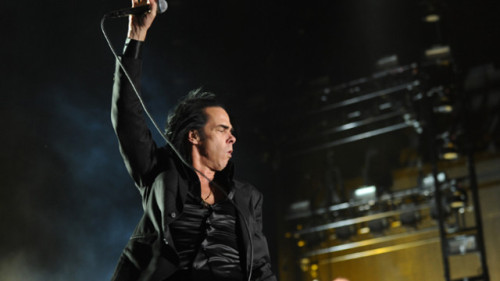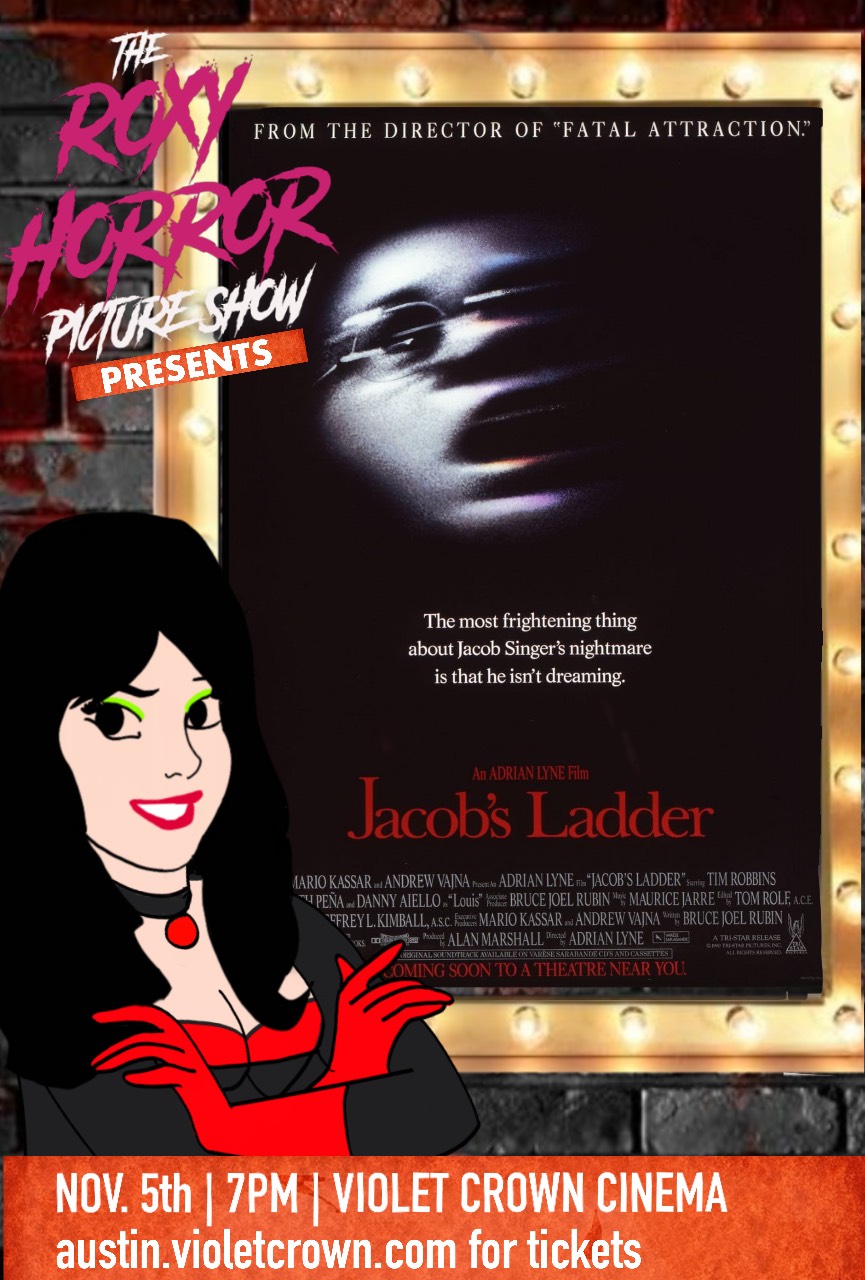I really had no idea what I was expecting to see when I was sent a screener for 20,000 Days on Earth, a documentary about Australian musician and songwriter Nick Cave. I assumed it was going to be the sort of film that looks at the life of a musician, and the typical rise to stardom that usually goes along with the ones who are successful. I couldn’t have been more wrong.
Directed by Iain Forsyth and Jane Pollard, 20,000 Days on Earth is anything but your typical music documentary. Set during a fictional 24-hour period, the film explores Cave’s process of song writing.
For those that don’t know, Cave has been an influential figure in alternative rock for decades. Probably best known as the lead singer for the band The Bad Seeds, Cave’s music is influenced by blues, post-punk and free jazz. Before his time spent as the frontman for The Bad Seeds, Cave was a member of the band The Birthday Party, a group he was with since the early 1970s. Most of his music covers topics such as love, violence and death.
One probably expects to see a series of past performances of a musician in a documentary, but this film does something so unique instead of just creating a typical montage of Cave’s greatest hits. No, 20,000 Days on Earth not only provides performances by Cave, but the nitty-gritty formulations of the earliest concepts of his music. Sometimes focusing on a specific part of a song, Cave treats every line like it’s a larger part of a poem or story that can be re-told in different ways.
The documentary’s approach to interviewing also sets itself a part from other films in the genre. Cave’s creative process, interactions with his audience and relationship with past musicians are all explored through conversations with his friends, who suddenly appear as apparitions in the back seat of his Jaguar. Actor Ray Winstone, Bad Seeds guitarist Blixa Bargled and Australian singer and actress Kylie Minogue all make appearances and act as the film’s additional interviewees.
The most biographical that the film gets is when British author Darian Leader plays Cave’s inquisitive shrink. Throughout the documentary, Leader asks Cave a number of questions about his personal philosophies and career as a musician. Topics covered include his childhood in Australia, his first sexual experiences, drug abuse during the early years of his career, religious beliefs, marriage and fears of memory loss. The therapy sessions, though already in a fictional setting, probably reveal Cave at his most candid and humorous.
On a technical level, the documentary succeeds in spades in regards to its editing and cinematography. Jonathan Amos on editing presents an interesting take on following the story by cutting back and forth between the more fantastical elements of the film to the typical sit-down interviews and discussions among Cave’s band mates. Cinematographer Erik Wilson is able to set the mood almost immediately with the opening shot of Cave getting out of bed and opening the windows to the stunningly bright light outside his beach-side home. He even incorporates shots reminiscent of old school noire films when Cave is talking with the apparitions of his colleagues and friends in the backseat of his car.
The documentary, while certainly unusual, is a great film to see for die-hard Nick Cave fans interested in the musician’s process of song writing, and those with a love experimental filmmaking. 20,000 Days on Earth will be released in theatres on Sept. 17.


 If you have a few extra dimes to spare, please help us help a fan in need. Thank you!
If you have a few extra dimes to spare, please help us help a fan in need. Thank you!









